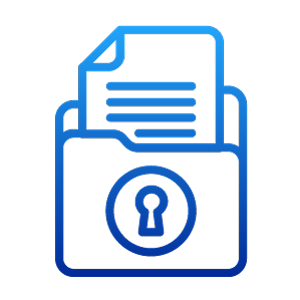
Intentional Information Leakage refers to the deliberate act of disclosing sensitive or confidential information through email to external parties or illegally exposing it. This act often includes internal information leaks within an organization, disclosure of confidential documents, leakage of personal information, and intentional exposure of information for financial gain, among other possibilities.
Email-based information leakage can take various forms, and here are some examples:











